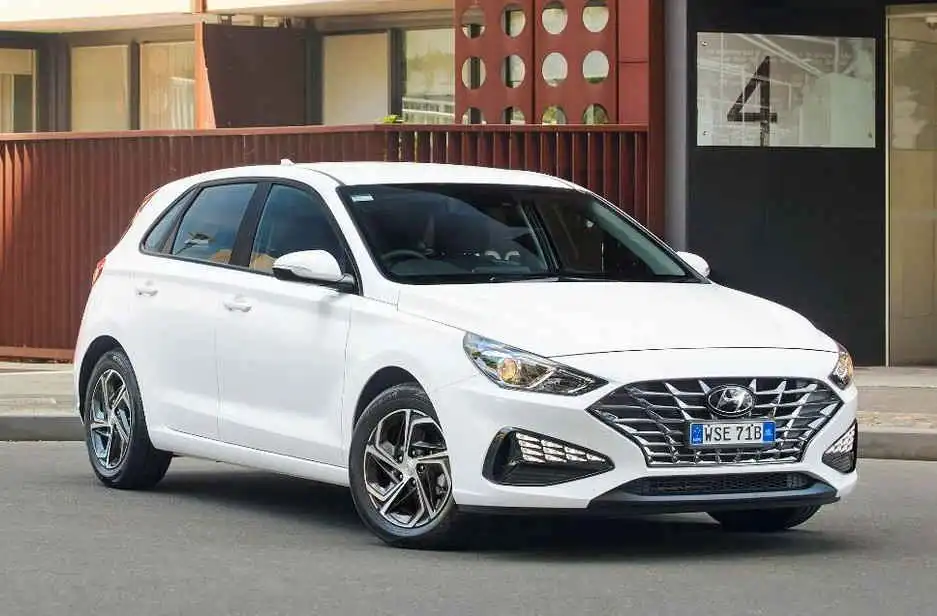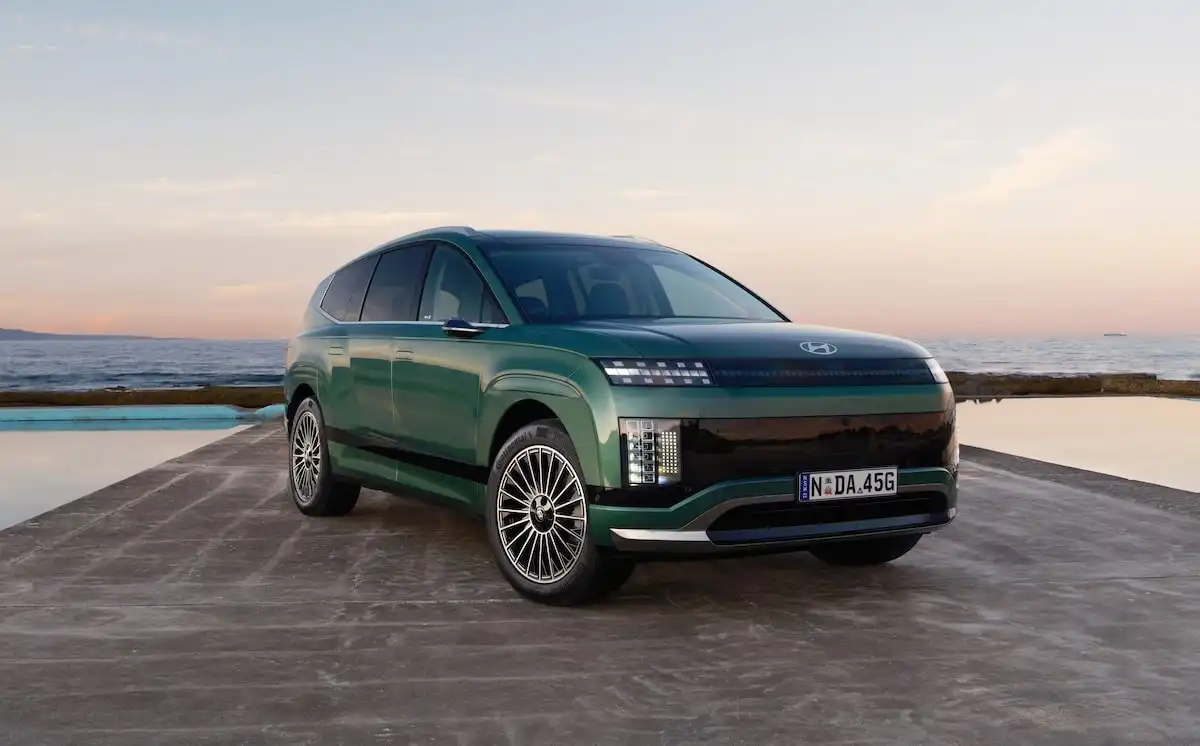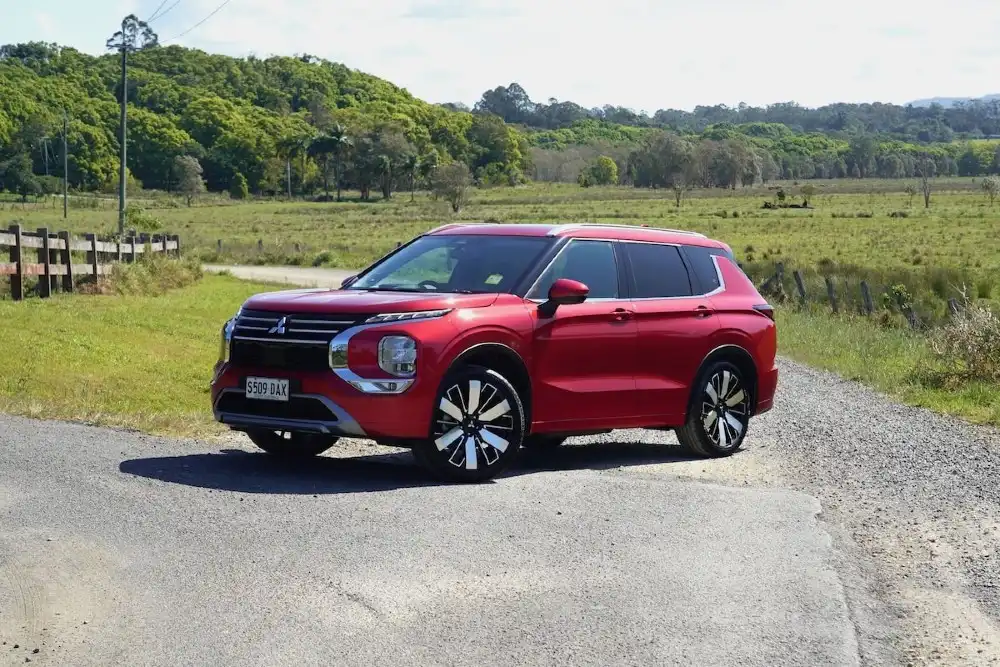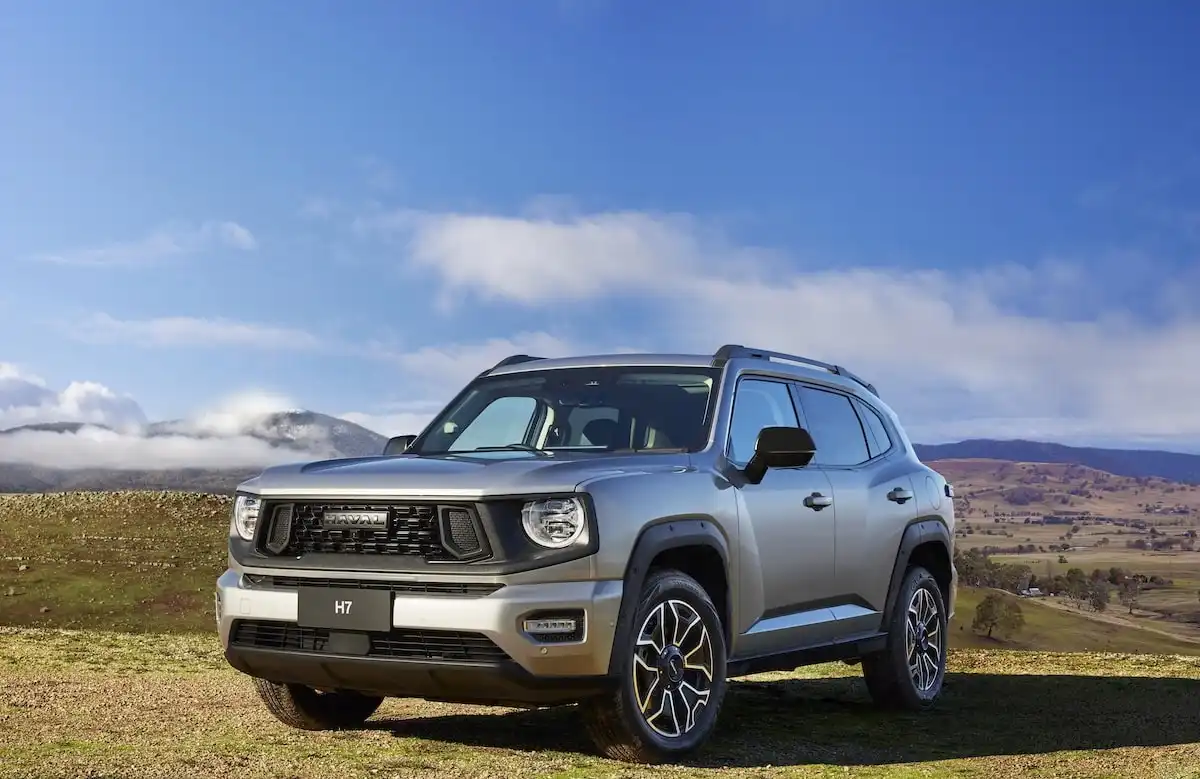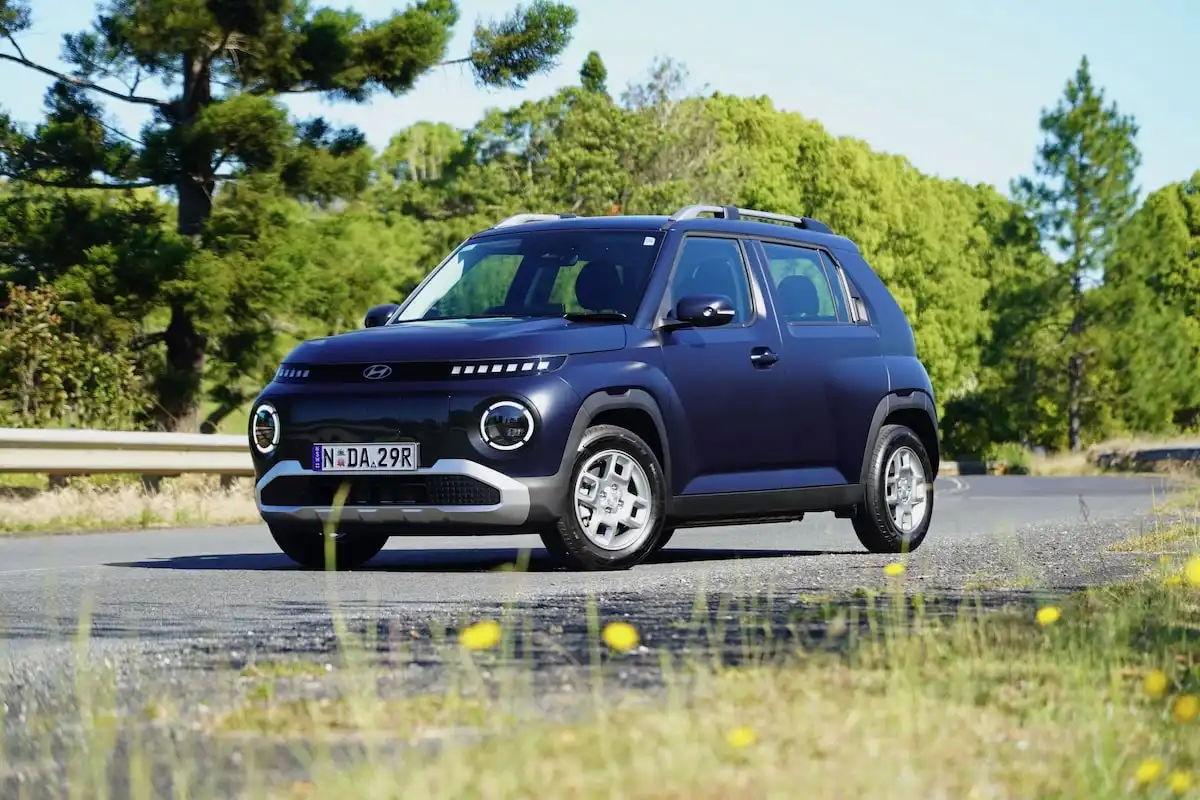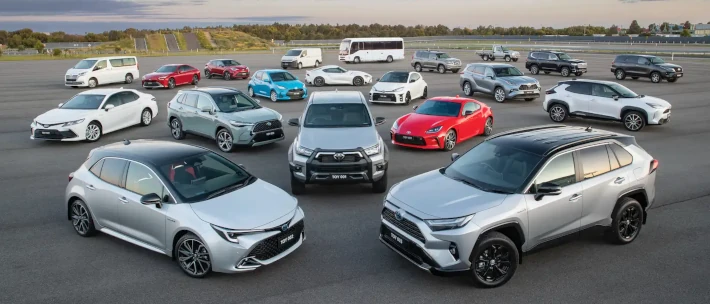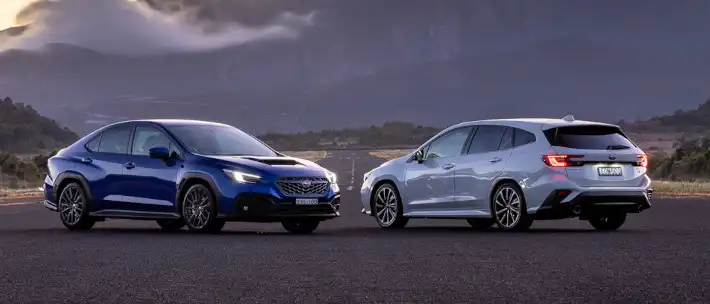While hatchbacks of previous generations can more or less be summed up with the ‘cheap and cheerful’ mantra, cars like the Hyundai i30, and its rivals like the Toyota Corolla, Mazda 3 and Kia Cerato have become significantly more sophisticated, offering a heap of entertainment and safety features for a reasonable price.
To make things even better, Hyundai has beefed-up its i30 lineup in recent months, with the addition of the all-new i30 Sedan, and a revised version of this, the i30 hatch.
With that in mind, let’s take a look at just how good the latest 2022 Hyundai i30 is, and how it compares to its major rivals.
Starting Price: $23,420
Hyundai i30 (ELITE) Specifications
| Model Date |
2022 |
| Make | HYUNDAI |
| Model | i30 |
| Series | PD.V4 MY22 |
| Variant | ELITE |
| Body | 5D HATCHBACK |
| Fuel type | UNLEADED PETROL |
| Transmission | 6 SP AUTOMATIC |
| Drive | FWD |
| Engine | GDi |
| Engine capacity | 1999 |
| Engine configuration | VARIABLE DOUBLE OVERHEAD CAM / 16 valves |
| Engine RPM | 6200 / 4700 |
| Cylinders | 4 |
| Torque | 203 |
| KW | 120 |
| Fuel tank size | 50.0 |
| Fuel usage specs | 7.4 / 0.0 |
| CO2 | 173 |
| ANCAP security rating | 5 |
For more details and other variants, check Hyundai i30 car page.
Buying a new car? We can save you time and money.
Get in touch with one of our Car Buying Specialists today.
Request a quoteHow Much Does It Cost?
The Hyundai i30 range kicks off from $23,420 for the manual variant, with an automatic transmission bringing the price to $25,420. Opting for the i30 Active comes at a cost of $26,920, while the i30 N Line manual is priced at $29,420.
Stepping up to the i30 Elite comes with a $30,220 price tag, while the i30 N Line automatic is priced at $31,420. Opting for the i30 N Line Premium with a manual transmission costs $34,220, while the range-topping i30 N Line Premium automatic is priced at $36,220.
Keep in mind that these prices are subject to change, and do not include on-road costs.
How Much Can OnlineAuto Save You?
Using our online car buying service, one of our auto experts can assist you in finding the greatest value model for you.
What Features Does the Hyundai i30 Have?
The entry-level Hyundai i30 comes riding on a set of 16-inch alloys, and is packaged with automatic headlights with a set of LED daytime running lamps, a rear view camera with parking sensors, adaptive cruise control, a leather-wrapped steering wheel, electronic parking brake, a 7.0-inch digital instrument cluster and an 8.0-inch infotainment system with wireless Apple CarPlay and Android Auto.
Stepping up to the i30 Active adds a set of 17-inch alloys, leather upholstery, chrome exterior highlights and electronic folding mirrors.
Opting for the i30 Elite variant adds an upgraded 10.25-inch infotainment system with DAB+ digital radio and satellite navigation, keyless entry and push-button start, wireless smartphone charging, automatic wipers, as well as safety equipment like blind-spot monitoring and rear-cross traffic alerts.
The i30 N Line receives a set of LED head and tail lights, 18-inch alloys wrapped in Michelin Pilot Sport tyres, N Line styling package, dual-zone climate control, and an upgraded 1.6-litre turbocharged four-cylinder engine.
Finally, the range-topping i30 N Line Premium receives a 10.25-inch infotainment system, heated and ventilated front seats, a panoramic sunroof, upgraded Infinity sound system, power-adjustable driver’s seat and a set of parking sensors up front.
Range Features:
-
16-inch alloy wheels
-
Automatic headlights with LED daytime running lamps
-
Adaptive cruise control
-
Leather-wrapped steering wheel and gear lever
-
8.0-inch infotainment system with Apple CarPlay & Android Auto
-
Six-speaker sound system
-
17-inch alloy wheels (i30 Active)
-
Leather upholstery (i30 Active)
-
Chrome exterior highlights (i30 Active)
-
Dual-zone climate control (i30 Elite)
-
10.25-inch infotainment system with DAB+ and satellite navigation (i30 Elite)
-
Wireless smartphone charging (i30 Elite)
-
Keyless entry & start (i30 Elite)
-
18-inch alloys (i30 N Line)
-
LED head & tail lights (i30 N Line)
-
N Line styling package (i30 N Line)
-
Panoramic sunroof (i30 N Line Premium)
-
Heated and ventilated front seats (i30 N Line Premium)
-
Infinity sound system (i30 N Line Premium)
-
Front parking sensors (i30 N Line Premium)
Hyundai i30 Colours
The Hyundai i30 is available in a range of colours, including Fiery Red, Intense Blue, Amazon Gray, Polar White, Phantom Black and Fluid Metal.
Buying a new car? We can save you time and money.
Get in touch with one of our Car Buying Specialists today.
Request a quoteIs it Comfortable to Drive?
The Hyundai i30 range is available with the choice of two engines, with the base models receiving a 2.0-litre petrol producing 120kW/203Nm of torque, while the N-Line and N-Line Premium receive a turbocharged 1.6-litre unit producing 150kW/265Nm.
Power is thrown to the wheels via the choice of a six-speed manual or automatic, with the N Line variants receiving a seven-speed dual-clutch automatic that offers extremely fast shifts.
Opting for the base model gives you more than enough power for the majority of driving conditions, although you might need to stretch the engine out a little bit to get up to speed quickly. The turbocharged engine is even more impressive, offering rapid acceleration that gives the i30 a fun-loving personality.
Perhaps the best part of the i30 as a complete package, though, is the quality of the ride and how it handles on the range of road surfaces that you’ll find here in Australia. This is because Hyundai has, for a number of years now, tested and refined the suspension and handling of its vehicles specifically for Australia.
The end result of this testing process is a revised suspension that is more than capable of handling the worst of Australian road conditions, while remaining smooth and compliant around town. It’s dampened well enough to minimise body roll through corners while softening over large bumps and potholes.
The i30 receives a lightweight steering rack that progressively offers more feedback as you pick up speed, making low-speed turns and parking a simple task, while engaging the driver as you pick up speed. This makes it perfect as an effortless and user-friendly commuter, while offering an impressive amount of entertainment for spirited drivers, particularly in the N Line variants.
As a whole, the i30 is a near faultless hatch that strikes a healthy balance that is perfectly suited to rough Australian roads and smooth city streets. This is a feat that few cars, and even fewer hatchbacks are capable of, placing the i30 firmly atop its competitors when it comes to all-round driving comfort and capabilities.
Is it Practical and Spacious?
While the Hyundai i30 might be limited by its hatchback proportions, this hasn’t stopped the company’s engineers and designers from creating an exceptionally comfortable and practical cabin design that is surprisingly family-friendly.
Stepping inside the cabin, the driver and front passenger are treated to a simple, straightforward cabin design that might be showing its age in some aspects, but remains user-friendly. There’s absolutely no issues when it comes to headroom and space to stretch out and find your ideal driving position, which is impressive for its stature.
Up front, the driver and front passenger receive the usual set of door bins either side, as well as a storage tray that doubles as a wireless smartphone charger in some variants behind the gear lever, a pair of cup holders housed inside a sliding tray, a sunglasses holder, a decent amount of storage inside the folding armrest, as well as a narrow tray for loose items and smartphones next to the cup holders.
Moving to the rear of the cabin, you’ll find a comfortable bench seat with two inbuilt ISOFIX anchors and top tether points for child seats, with rear passengers also gaining a set of air vents and a folding armrest with cupholders.
Space in the rear of the i30’s cabin is largely dependent on the size of the driver. For anyone sitting behind a tall driver over 180cm, you’ll notice a lack of legroom with your knees touching the front seat. With an average-sized driver in the cockpit, adults will have just enough room to get comfortable on longer trips, while kids and teenagers won’t have a problem getting comfortable. For reference, there’s slightly more room in the i30’s rear cabin than its rivals like the Toyota Corolla and the Mazda 3.
In terms of boot space, the i30 receives a boot with 395L of volume, which increases to 1,301L with the rear seats folded down. This 395L figure is pretty much on par for the segment, but thankfully, Hyundai throws in a full-sized spare tyre underneath the boot.
Is it Safe?
The Hyundai i30 range has been awarded ANCAP’s maximum five star safety rating, scoring 14 out of 16 for front impact protection and perfect 16 out of 16 for side impact protection.
As standard, all i30 variants are packaged with autonomous emergency braking and forward collision avoidance for pedestrians and cyclists, a rear view camera and parking sensors, adaptive cruise control, lane-keep and lane-follow assistance.
Hyundai reserves key safety features like rear-cross traffic alerts and blind-spot monitoring for i30 Elite and higher variants.
Buying a new car? We can save you time and money.
Get in touch with one of our Car Buying Specialists today.
Request a quoteIs it Fuel Efficient?
The base i30 with a 2.0-litre naturally aspirated petrol engine is rated at 7.3L per 100km for the manual variant, while the automatic is rated at 7.4L per 100km.
Stepping up to the turbocharged engine brings the economy figure up to 7.5L per 100km on a combined cycle for the manual, while the automatic is rated at 7.1L per 100km.
Our Verdict: Is the Hyundai i30 Worth it?
The latest Hyundai i30 is proof that the company is committed to making the humble hatchback a more refined and practical offering for Australian buyers. In its latest form, the i30 remains one of the leading cars in the segment in terms of its driving comfort, and confidence on a range of Australian road surfaces.
While some hatchbacks feel as though they’re at the mercy of the road, the i30’s well-engineered platform inspires confidence and makes it a pleasure to drive.
If you’re in the market for an affordable, safe and feature-packed hatchback, it’s worth taking a very close look at the i30 range and adding it to your shortlist. On that note, if you’re in the market for a new car, you can get a free quote and see how much OnlineAuto can save you on your next car, or call us on 1300 719 925.
Five Specs You Need to Know
-
Five-year, unlimited KM warranty
-
10,000km service intervals for turbo; 15,000km for base models
-
Five star ANCAP safety rating
-
Fuel economy ranges between 7.1-7.5L per 100km
-
395L boot volume; expands to 1,301L
Pros
-
Outstanding ride quality around town and on country B-roads
-
Feature-packed base model lineup
-
Smooth engine and transmission combination
Cons
-
Fuel economy less impressive than key rivals
-
Limited second row space behind tall driver
-
Some key safety features reserved for premium variants
Hyundai i30 Competition
Hyundai i30 |
VS |
Toyota Corolla |
| Mazda 3 | ||
| Volkswagen Golf | ||
| Kia Cerato | ||
| Ford Focus |
Buying a new car? We can save you time and money.
Get in touch with one of our Car Buying Specialists today.
Request a quote